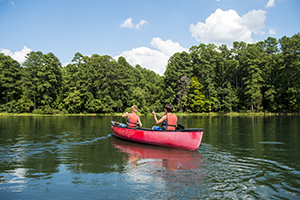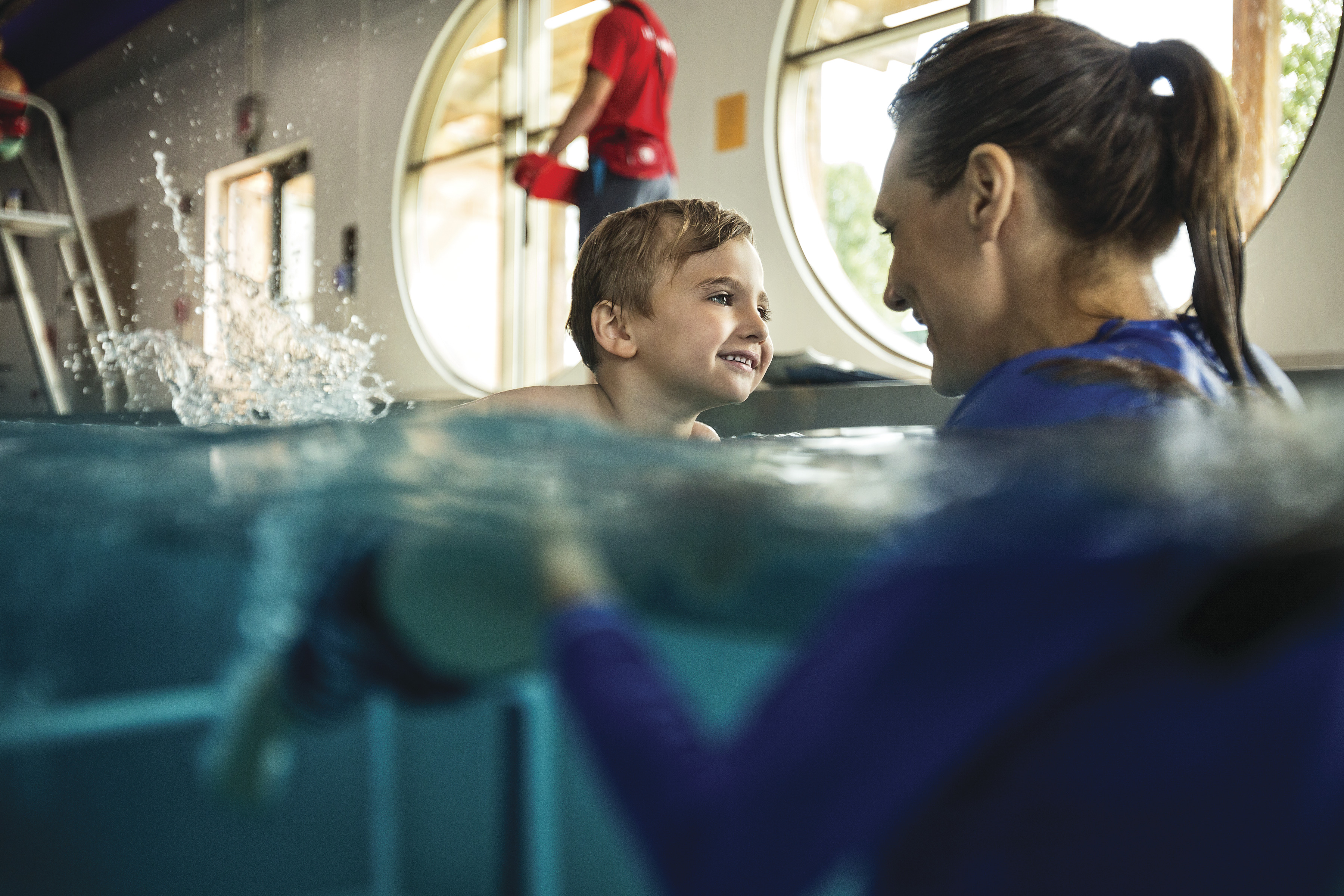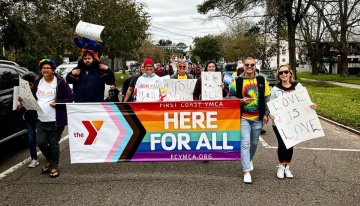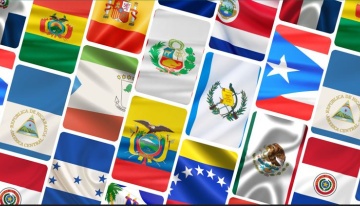Intro
Drowning is a serious public health problem. According to the Centers for Disease Control and Prevention (CDC), every year in the U.S., over 4,000 people die from drowning–– an average of 11 people every day–– and another 8,000 experience nonfatal drowning events, half of which require hospitalization. Drowning also continues to be a leading cause of accidental death for the youngest and most vulnerable among us. What makes it scary is that drowning can happen in seconds, is often silent, and can happen to anyone any time there is access to water.
In addition, the CDC reports there are persistent racial and ethnic disparities when it comes to accidental drowning, particularly among American Indian or Alaska Native people under the age of 29, and the drowning rates for Black people are 1.5 times higher than the rates for White people. These disparities are even more significant with children.
A Nationwide Response
The inaugural U.S. National Water Safety Action Plan (USNWSAP) was released last month to unite communities and help eliminate drowning tragedies through evidence-informed action. The Y is proud to have played a key role in the development of this first-ever plan, alongside a coalition of national partners and drowning prevention experts from across the country.
Four years in the making, the report is a major step toward reducing drowning rates, laying out a framework for a coordinated approach to address this significant––and preventable––public health issue.

Given the diversity of water environments across the county––from public and private pools to oceans, lakes and rivers––the USNWSAP introduces a flexible 12-step process that encourages communities, counties and states to develop data- and evidence-informed context-specific action plans based on previously identified water hazards and existing preventive efforts. To support planning efforts, the USNWSAP lays out 99 evidence-informed action recommendations addressing policy and legislative change, organizational change, education and training, and public awareness.
Acknowledging Existing Disparities
The USNWSAP covers a 10-year period from 2023 to 2032 and focuses on action recommendations in six key areas where evidence supports effective action: Barriers, Entrapment and Electrical Safety; Data and Public Health Surveillance; Life Jackets, Personal Flotation Devices and Other Flotation; Rescue and CPR; Lifeguards and Supervision; and Water Safety, Water Competency and Swimming Lessons. These areas encompass a range of prevention strategies to reduce drowning incidents and improve water safety nationwide.
The plan also acknowledges the existing disparities in drowning rates and the social factors that have contributed to them, such as race, ethnicity, socioeconomic status, disability and geographic location. These factors have resulted in some groups being marginalized and underserved, receiving fewer and lower quality preventative interventions, and less interaction with public health and safety delivery systems, and quality systems of care in the event of drowning incidents. Therefore, equity was a key consideration during action plan development and implementation and was one of four guiding plan values to ensure that these policies and programs meet the needs of all.
Due to these factors, the USNWSAP calls on jurisdictions to consider changes to public health and safety delivery systems to address disparities and ensure equitable access to preventive interventions. Action recommendations include items like providing affordable water safety and swim lesson programming to meet the needs of populations at higher risk of drowning and making existing water safety information and resources easily available and accessible to people of all ages, cultures and abilities through a wide variety of access points, sources, local languages and affordability, including scholarships and low-cost options where possible. All action recommendations––including those with an equity and access lens–– can be found in the full plan.
 Another key component of the USNWSAP are actions at a national level that will support uptake and implementation of recommendations at the state, county and community levels. These actions include the development of national minimum standards, advocacy toolkits with model laws and national-level guidance related to improving drowning data. Undertaking the development of these standards, tools and resources and encouraging their use will help address existing inequities between and within states, counties and communities.
Another key component of the USNWSAP are actions at a national level that will support uptake and implementation of recommendations at the state, county and community levels. These actions include the development of national minimum standards, advocacy toolkits with model laws and national-level guidance related to improving drowning data. Undertaking the development of these standards, tools and resources and encouraging their use will help address existing inequities between and within states, counties and communities.
A Call to Action
The launch of the USNWSAP involves a call to action to all communities, counties and states to come together to collaborate in the development and implementation of a context-specific, data and evidence informed action plan. Only by working together can we transform the county into a place where everyone is safe in, on and around the water.
To review and download the plan please go to: www.watersafetyplan.us
Safety Around Water
As "America's swim instructor," the YMCA teaches children of all ages and from all backgrounds that water should be fun, not feared, if you know how to stay safe in and around water. Explore more water safety and swimming information and tips from our experts.





